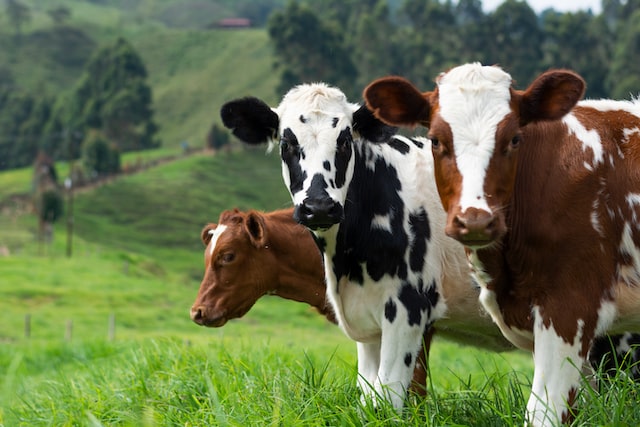
Guidelines of Livestock Mortality Insurance Policy
The livestock mortality insurance policy guideline is created to help people choose an insurance policy that meets their needs. It includes the cost of the procedure, the options for handling on-farm mortality, and the necessary Biosecurity measures.
Incineration
Several options are available for a more environmentally friendly livestock management strategy. Burial, rendering, and incineration are the three leading contenders.
Incineration is not suitable for large carcasses, but it can be a practical solution for smaller animals. There are a few guidelines you should follow to ensure a successful burn. The essential requirement is to maintain the appropriate temperature. During the burn, you must provide the chamber stays at or above 16000F to ensure the proper retention time of the flue gas.
For efficiency, you should not be burning the animal carcasses on-site but rather in a centralized facility. This will not only save you money, but it will also protect the environment from potentially contaminated water and air. You will also be required to adhere to several regulatory requirements. If you are still determining which ones apply to you, get in touch with your local authority and ask a few questions.
Biosecurity Measures
There is no single definition of biosecurity. However, it encompasses a range of management practices. This can include regulating traffic, isolation of animals, and other procedures. The aim is to keep disease agents from entering the food chain.
An effective biosecurity program should address the prevention of disease entry and the detection of diseases that have already arrived. These methods should be implemented on a herd and farm level. In the case of the latter, herd owners should consult a veterinarian.
Good biosecurity reduces the risk of disease exposure to visitors and farm workers. It can also reduce the risk of disease spreading within the herd.
Biosecurity can be implemented on a national or state level. Some governments have integrated government bodies to manage biosecurity.
Different types of animal diseases may require different biosecurity protocols. For example, infectious agents can enter the food chain using the feed, oral contact, and aerosol. Others can be transmitted through contaminated veterinary equipment or insects.
Cost
Your livestock enterprise can be protected from losses brought on by natural and unnatural occurrences by purchasing livestock mortality insurance. These policies cover the cost of replacing your animal if it dies and help cover lost income.
The amount of money you may get back from your policy depends on the number of animals you have. Some companies have particular guidelines for breeders, zoos, and exotic animals. You can also adjust your coverage for seasonal and other factors.
An animal mortality insurance policy is like any other type of business loss insurance. It is available to cover a variety of animals, including cattle, hogs, and poultry.
The amount of money you are likely to get back from a livestock mortality insurance policy will vary depending on the age and condition of your animals. For instance, older animals have a higher risk of dying each year, making them more expensive to insure.
Most livestock policies have a small deductible. The premium will likely include standard medical and dental fees and insurance.
Options for Handling On-farm Mortality
If you own a livestock farm, you must protect yourself from the financial loss that can occur if you lose an animal. This can be done through an animal mortality insurance policy, similar to a business loss insurance policy. It will pay for the cost of replacing the animal.
Animal mortality insurance can be purchased individually or as a whole farm. Typically, a contract will cover a limited number of causes of death. For example, an animal may be hit by a vehicle or killed in extreme weather. However, you can also purchase a policy covering specific animals, such as cows or chickens. The type of policy you choose will depend on your farm’s needs.
You can also take out a herd mortality insurance policy, which is typically cheaper. A herd policy will naturally come with a lower deductible, meaning you will not have to pay out of pocket to replace an animal. Herd coverage is most useful when you have cattle, but it is also available for other species.


